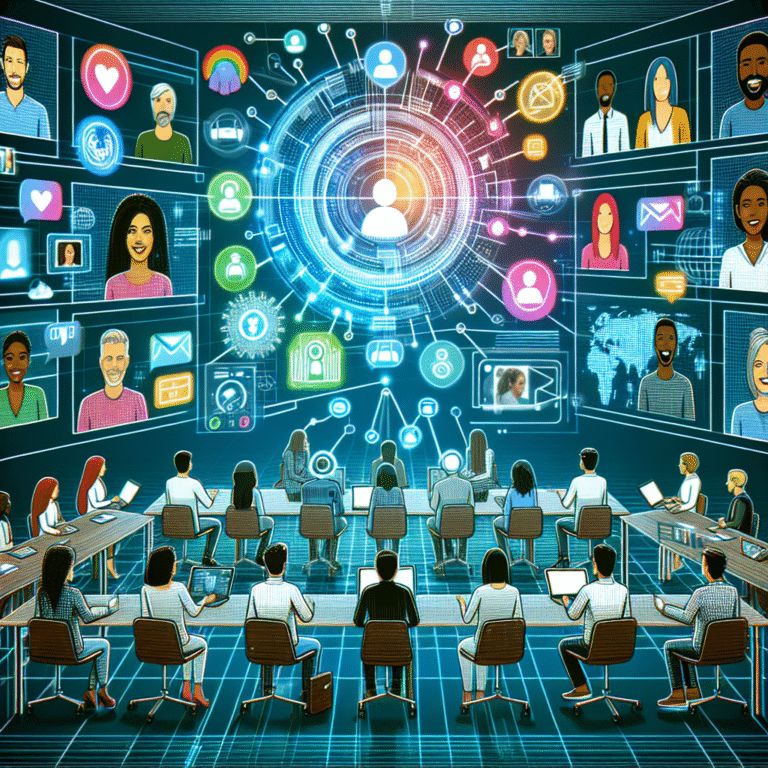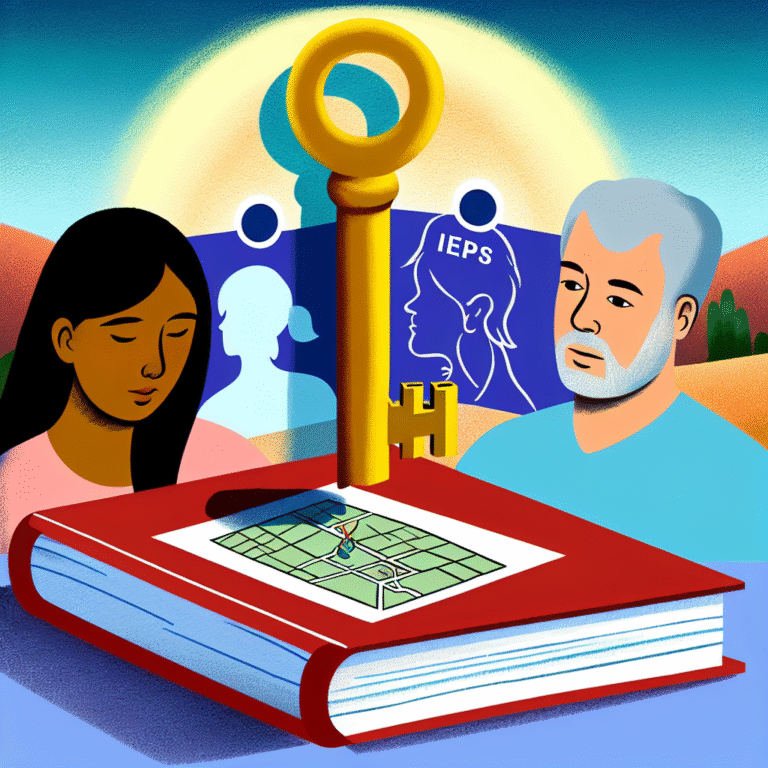
Introduction
In a world striving for equality, gender bias continues to loom large, impacting not only women but also men across various spheres of life. The truth is, The High Cost of Gender Bias: How It Affects Women and Men Alike extends beyond mere discrimination; it permeates our workplaces, schools, and even our homes. The cost isn’t just measured in dollars, but in lost opportunities, mental health challenges, and societal setbacks. This article delves into the multifaceted nature of gender bias, examining its economic, emotional, and social implications, offering unique case studies that underscore the urgency for change.
Understanding Gender Bias
What is Gender Bias?
Gender bias refers to the preferential treatment of one gender over another, often rooted in stereotypes and societal norms. This bias can manifest in various forms, including:
- Workplace Discrimination: Unequal pay, promotion disparities, and hiring biases.
- Social Expectations: Customary roles assigned to men and women.
- Cultural Norms: Implicit beliefs about gender capabilities.
The Scope of Gender Bias
The impact of gender bias is far-reaching and disproportionately affects different demographics. While women often bear the brunt of such discrimination, men also face unique challenges, such as the stigma surrounding emotional vulnerability or caregiving roles.
The Economic Costs of Gender Bias
Direct Financial Impact
Gender bias translates into a significant economic burden. According to the World Economic Forum, closing the global gender pay gap could add $28 trillion to the world economy by 2025. The High Cost of Gender Bias: How It Affects Women and Men Alike is starkly illustrated in workplace inequities:
| Statistic | Women (%) | Men (%) |
|---|---|---|
| Pay Gap | 82 | 100 |
| Leadership Positions | 29 | 71 |
| Unemployment Rate | 5.2 | 4.5 |
Case Study: The Pay Gap
Consider the case of a Fortune 500 company. A study showed that women in similar roles earned 78 cents for every dollar their male counterparts made. This disparity not only affects individual livelihoods but also the company’s bottom line—lost productivity and increased turnover rates due to dissatisfaction and disengagement among female employees.
Analysis: Such wage gaps not only perpetuate injustice but also inhibit overall economic growth, highlighting The High Cost of Gender Bias: How It Affects Women and Men Alike.
Psychological and Emotional Impact
Mental Health Challenges
Gender bias contributes to mental health issues such as anxiety, depression, and stress. Research shows that women are more likely to experience these conditions due to societal pressures and discrimination. However, the emotional toll on men, who may feel compelled to conform to traditional masculinity, can also lead to a rise in mental health crises.
Case Study: Emotional Norms
A recent study highlighted how men in a corporate setting felt pressured to suppress their emotions to fit the “tough guy” mold, leading to higher instances of burnout and dissatisfaction.
Analysis: This case emphasizes the psychological ramifications of gender bias on men, reiterating The High Cost of Gender Bias: How It Affects Women and Men Alike, and underlining the need for more inclusive practices in the workplace.
Social Implications of Gender Bias
Reinforcement of Stereotypes
Gender bias deeply entrenches societal stereotypes, dictating acceptable behaviors and career paths for each gender. This perpetuation not only limits individuals but also stifles societal progress.
Case Study: Education Disparities
In educational settings, girls are often encouraged to pursue “feminine” subjects like humanities, while boys are pushed towards science and technology. A study found that girls in STEM programs showed equal capability as boys, yet fewer continued in those fields due to societal messaging.
Analysis: This reveals how educational biases create long-term consequences, reinforcing The High Cost of Gender Bias: How It Affects Women and Men Alike by limiting opportunities based on gender rather than capability.
Addressing Gender Bias in the Workplace
Implementing Meaningful Change
Organizations must take proactive steps towards eradicating gender bias. Here are some actionable strategies:
- Bias Training: Educate staff on recognizing and mitigating their biases.
- Transparent Pay Structures: Regular audits of pay and promotion practices can reveal disparities.
- Inclusive Policies: Develop family-friendly policies that encourage both men and women to balance work and home life.
Case Study: A Shift in Corporate Culture
One innovative tech company implemented a company-wide bias training program, resulting in a 30% increase in female leadership representation within two years.
Analysis: This case underscores how effective strategies can combat The High Cost of Gender Bias: How It Affects Women and Men Alike, improving both employee satisfaction and company performance.
The Role of Men in Combatting Gender Bias
Advocacy and Allyship
Men play a crucial role in addressing gender bias. By becoming advocates for equitable practices, they can help dismantle patriarchal systems.
Case Study: Male Allies in Action
A recent initiative in a corporate environment illustrated how male employees became allies and mentors for female colleagues. This led to increased promotions for women and fostered a more inclusive workplace culture.
Analysis: This case demonstrates that men can significantly contribute to reversing The High Cost of Gender Bias: How It Affects Women and Men Alike, promoting a collaborative approach to equality.
Conclusion
The High Cost of Gender Bias: How It Affects Women and Men Alike is not just a women’s issue; it impacts us all. By identifying and addressing gender bias across all sectors, we can pave the way for a more equitable future. The compelling evidence indicates the need for a collective commitment to change, fostering environments where everyone has the opportunity to thrive.
Actionable Insights
- Be Aware: Recognize biases in your daily interactions.
- Educate Yourself: Learn about gender issues and share with others.
- Support Inclusive Practices: Advocate for policies that promote equality in your workplace.
FAQs
1. What are common examples of gender bias?
Common examples include unequal pay for similar work, assumptions about career aspirations based on gender, and stereotypes about emotional expression.
2. How can companies measure their gender bias?
Companies can conduct employee surveys, analyze pay structures, and track promotion rates to identify disparities.
3. What can individuals do to combat gender bias?
Individuals can educate themselves and others, challenge stereotypes, and advocate for inclusive practices in their communities.
4. Are men affected by gender bias?
Yes, men also face challenges due to gender norms, such as pressure to conform to traditional gender roles and the stigma around emotional vulnerability.
5. Why is addressing gender bias important?
Addressing gender bias is crucial for creating a fair society, improving mental health, and enhancing productivity and innovation in workplaces.
By recognizing The High Cost of Gender Bias: How It Affects Women and Men Alike, we can foster environments of equality, creativity, and compassion, driving collective success into the future.















